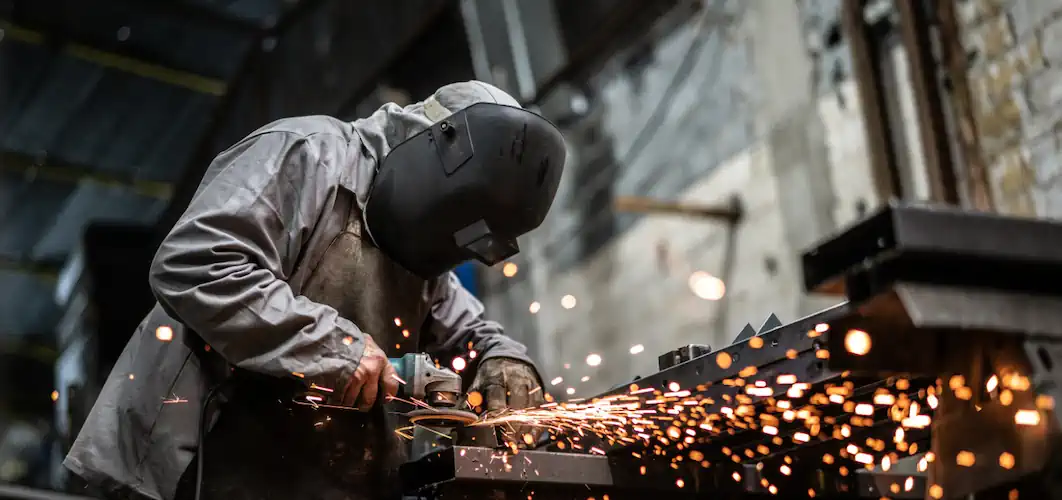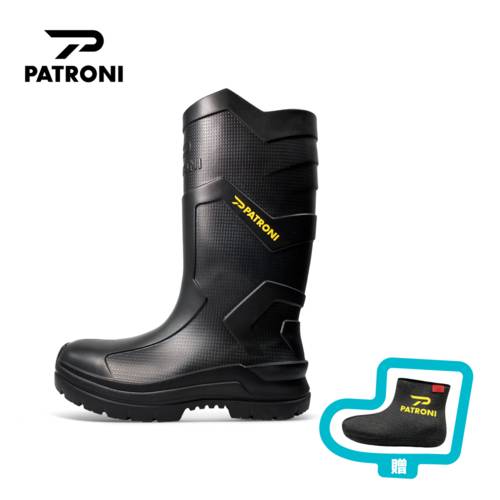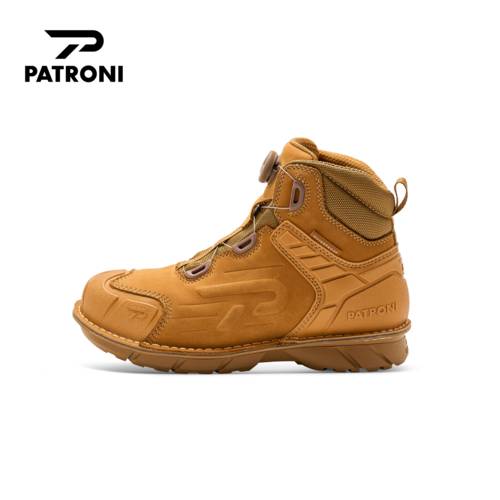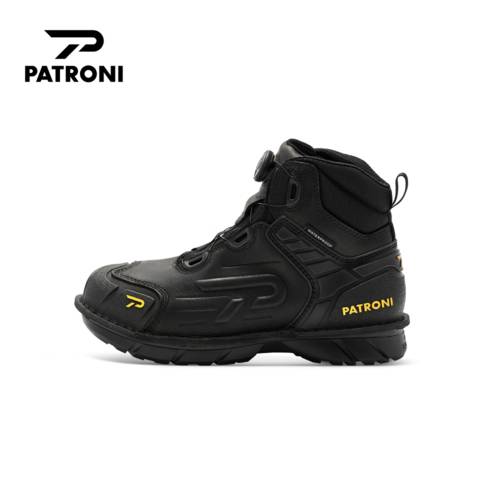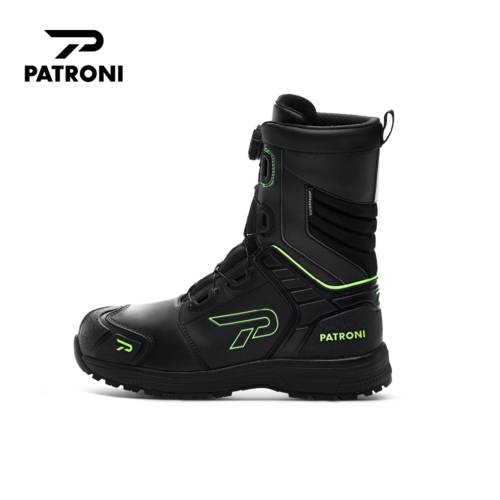PPE for Women Across All Industry
PPE for women is an important aspect of workplace safety that is often overlooked. As gender equality continues to be a crucial topic worldwide, it's vital to address inclusivity in all areas of life. Ensuring properly fitting PPE for women is essential for keeping all workers safe on the job.
Table of Contents
The Importance of Protective Clothing for Women in Construction Industry
Types Of Personal Protective Equipment For Women Workers
Training and Education on Gender-Inclusive PPE

The Importance of Protective Clothing for Women in Construction Industry
Let's acknowledge the physical differences between men and women. Women typically have smaller frames and different body proportions than their male counterparts. Poorly fitting PPE not only compromises safety but also restricts productivity and comfort.
Making properly fitting PPE for the female body ensures optimal functionality and gives freedom of movement, empowering women to do their tasks efficiently. This includes considering variations in height, torso length, hip width, and bust size to ensure a comfortable and secure fit.
Women also have diverse roles in the construction industry. From engineers to laborers, each role demands different levels of protection and functionality. Designing safety attire tailored to these specific roles ensures women have access to the appropriate gear for their tasks.
PPE should be designed with ergonomic principles in mind, such as articulated joints for ease of movement, adjustable straps or closures for a customizable fit, and padding or cushioning in areas that may experience pressure or discomfort during extended wear.
Moreover, women construction workers highlight the importance of promoting inclusivity and gender equality. Providing them with well-designed protective clothing safeguards their physical well-being and fosters a culture of inclusivity and respect within the industry.

Types Of Personal Protective Equipment For Women Workers
When it comes to personal protective equipment (PPE) for women in various industries, including construction, manufacturing, healthcare, and more, ensuring proper fit, comfort, and functionality is essential. Here are some types of PPE tailored to meet the specific needs of women:
1. Safety Glasses/Goggles
Safety glasses are an essential PPE for women construction workers. These devices must be designed to fit their unique facial structures to ensure a secure and comfortable fit. Properly fitting safety eyewear can protect against chemical splashes, flying debris, dust, and more.
2. Ear Protection (Earplugs, Earmuffs)
Providing women workers ear protection designed to fit them comfortably prevents long-term hearing damage. This safety equipment must accommodate different hairstyles, jewellery, and variations of their ear canals.
Providing a range of styles, such as earmuffs and earplugs, allows for personal preference while maintaining high safety standards. Employers must prioritize ear protection within the PPE offerings to safeguard the auditory health of their female workforce.

3. Hard Hats
Hard hats are a critical safeguard from workplace hazards like falls or falling objects for women in construction, manufacturing, or mining industries. These helmets must be designed to hold different hairstyles and head sizes to ensure a snuggly fit. This not only enhances protection but also promotes inclusivity in the workplace by acknowledging the workforce's diverse needs.
4. Safety Gloves
Safety gloves are essential personal protective equipment (PPE) where hand protection is crucial. These gloves are a barrier against various occupational hazards, including chemicals, cuts, abrasions, and burns. Safety gloves for female workers must be designed to fit appropriately, as poorly fitting gloves can compromise movement and safety.
5. Respirators
The design and fit of respirators have historically been tailored towards the male workforce. This has resulted in challenges for women who may find it difficult to find respirators that properly fit their facial features. The ill-fitting respirators can lead to decreased protection and discomfort for female workers. Therefore, manufacturers and employers must address this issue by providing proper PPE respirators for women.
6. Safety Footwear
Just like their male counterparts, women face potential hazards in the workplace that could cause foot injuries. Safety footwear protects the feet from falling objects, sharp objects, electrical hazards, and slippery surfaces. Women need access to safety footwear that fits properly and provides adequate protection. This includes considering the size and shape of women's feet and any specific needs or requirements they may have.
7. High-Visibility Clothing (Vests, Jackets)
While men and women commonly use high-visibility clothing, there is a growing recognition of the need for PPE specifically designed for women. Female workers often face challenges with ill-fitting PPE, which can compromise their safety and hinder their ability to perform their jobs effectively.
The design of full-body PPE should allow for freedom of movement without compromising safety. This includes features like stretch panels, gussets, or strategic ventilation to enhance mobility and flexibility during tasks that require agility or dexterity.
By providing high-visibility clothing such as safety vests and jackets that are tailored to fit the female body, employers can ensure that all workers have access to the necessary protection while maintaining comfort and ease of movement.
8. Fall Protection Equipment
Women have specific needs for their Personal Protective Equipment (PPE). The different body shapes and sizes compared to men can affect the fit and effectiveness of fall protection gear. Improperly fitting PPE becomes a safety hazard in the construction industry.
Therefore, all PPE manufacturers and employers must prioritize fitting fall protection equipment for women. This includes the safety harness, lanyard, and other gear that is adjustable and comfortable for female workers.
9. Knee Pads
Whether it is construction, gardening, or sports, knee pads provide protection and support to prevent knee injuries and discomfort. Women who work in physically demanding jobs or engage in activities that involve kneeling or crawling often face the risk of knee-related injuries.
By wearing knee pads, women can minimize the impact on their knees, reduce strain on their joints, and prevent long-term damage. Additionally, knee pads designed specifically for women offer a better fit and comfort, ensuring optimal protection throughout the day.
10. Disposable Protective Clothing
Disposable protective clothing offers essential defense against hazardous materials, prioritizing safety and convenience for women in various industries. Tailored to fit the female form, these garments ensure comfort and mobility without compromising protection.
From medical settings to chemical handling, disposable suits shield against contamination and spills. Breathable materials and ergonomic designs enhance wearability, promoting productivity and confidence in challenging environments.
10. Respiratory Protection
Respiratory protection is paramount for women in diverse work environments, safeguarding against harmful airborne particles and gasses. Tailored masks and respirators provide a snug, comfortable fit, ensuring effective filtration without compromising breathability.
Whether in healthcare settings or industrial sites, these respiratory aids offer reliable defense against pollutants and pathogens. Lightweight materials and adjustable straps accommodate different facial contours, promoting all-day wearability.

Training and Education on Gender-Inclusive PPE
Education and training play crucial roles in the successful implementation of gender-inclusive PPE policies. It's not enough to simply provide the equipment; employees must be educated on its proper use and the importance of selecting gear that fits well.
Training programs should be updated to include information on the availability of gender-inclusive options, fitting procedures, and the correct usage of PPE.
Create an environment where employees feel comfortable expressing their needs and concerns regarding PPE. Supervisors and managers should be trained to handle such discussions sensitively and effectively, ensuring that all employees feel heard and supported. This open dialogue can lead to continuous improvement in PPE policies and practices.





